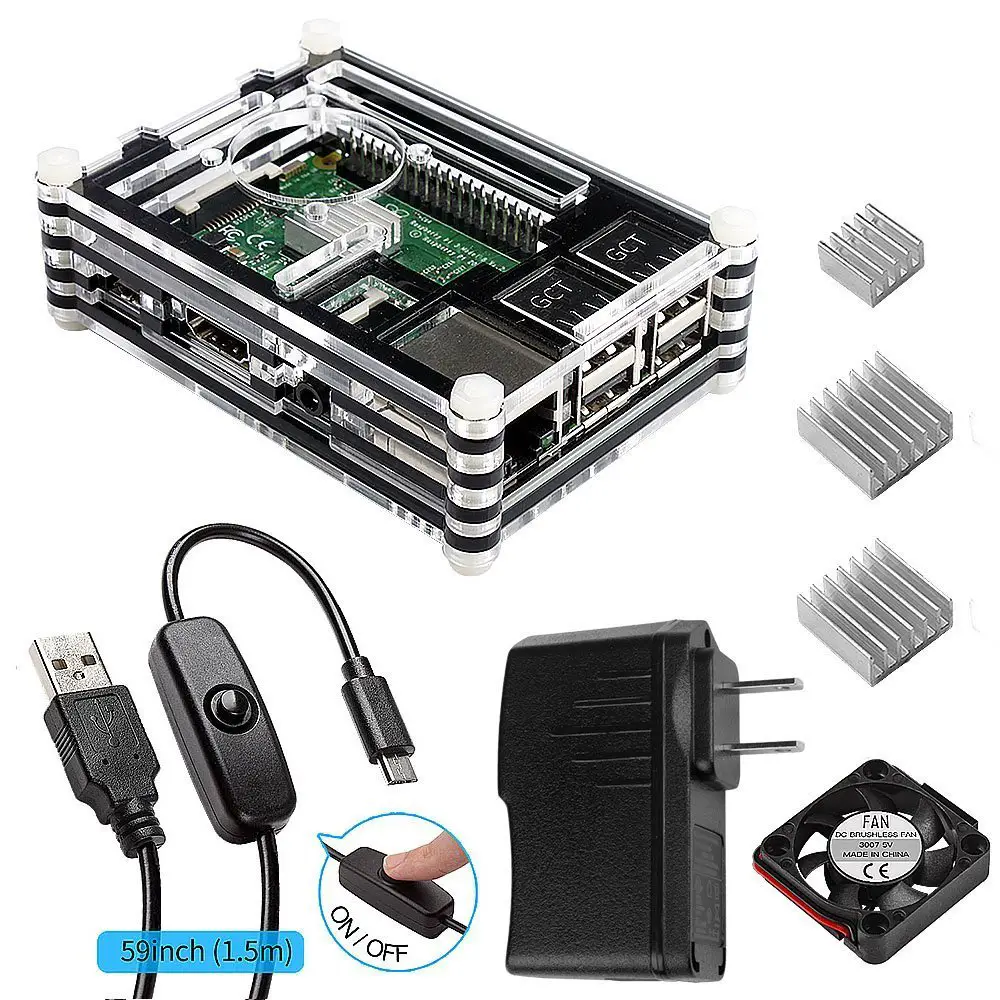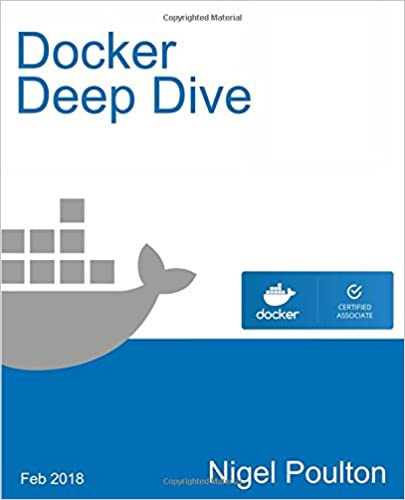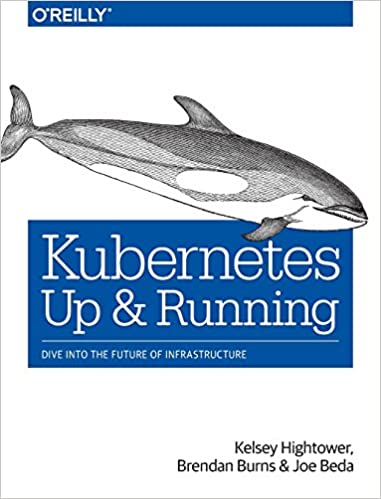Pages with tag AWS
- Avoid 'could not be accessed' error when deploying a Service to a Docker Swarm on AWS
- Configuring Terraform to use for deploying AWS Infrastructure
- Easily launch EC2 instance, with SSH access, using Terraform
- Easily launch RDS and EC2 instance, with SSH access, using Terraform
- Fixing CannotPullContainerError when deploying to AWS ECS using ECR registry









